They improve air quality and reduce the circulation of greenhouse gases such as carbon dioxide and ozone. Trees Help Design Safe Roads. Proven to lower average driving speeds. In medium sized ones, they reduce the possibility of frontal crashes.
A row of trees can also provide a clear demarcation of pedestrian areas, creating a visual wall that helps keep drivers on the road. Protectors help protect the tree from animals, foot traffic and damage from cars and bicycles. Keep an eye on the protector as the tree grows to ensure that it never touches it, continues to allow water to flow in and out of the bed, and that it does not allow soil to accumulate above the base of the tree. By 1904, so many trees had been removed that the city adopted the first municipal street tree ordinance in the West at the behest of J.
The recovery of a seriously disinvested place should start from the beginning with a program of street trees, because the trees on the streets change the perception of the place from a place where nothing is possible in a place where “you never know how good can happen here. Evapotranspiration from trees can reduce temperatures around trees by 2° to 9°, again says Hosey. Therefore, the soil around the root systems of trees must be protected from being stepped on by tree grids, plantations or short swallow fences, depending on space considerations. This paper discusses the benefits of street trees and the challenges of growing trees in urban environments.
The area of exposed soil on a tree bed is relatively small, so even without a drought, a street tree may find it difficult to receive and retain all the water it needs. Miniature motorway strips (descendants of tree grass) less than three feet wide, and sometimes as narrow as eighteen inches, were planted with large trees such as Modesto ash, Shamel ash, sweet gum and London plane. Along with trees such as banana (Plateaus orientalis) found in the market or the agora, these were perhaps the first urban trees planted on purpose to improve the streets and public spaces of the city. Trees near the street also encourage drivers to slow down because no healthy driver wants to wrap their car around a tree, as the tree almost always wins.
The channel of street trees increases oil infiltration as leaves and branches temporarily intercept, absorb and store water before it evaporates from the surface of trees or gradually infiltrates into the soil. Despite the advantages mentioned above, ensuring the survival of street trees is often a challenge, and urban designers must consider critical issues in their landscape design, including site conditions, space availability and maintenance requirements. This means that street tree programs can be largely self-financed in all neighborhoods except poor neighborhoods, because once people understand this, many will plant their own trees on the streets to boost home appreciation. The new standards for soil preparation (holes three or four times instead of twice the diameter of the root ball), channels of good soil for roots to follow below sidewalks, gravel beds immediately below concrete sidewalks to breathe, and clumping trees in shared soil volumes are some of the most important factors.
current innovations recommended to help maintain health and prolong the life of urban street trees. Local councils and communities recognize the importance of street trees in the urban environment, but these trees often suffer from inadequate water supply in times of drought. .
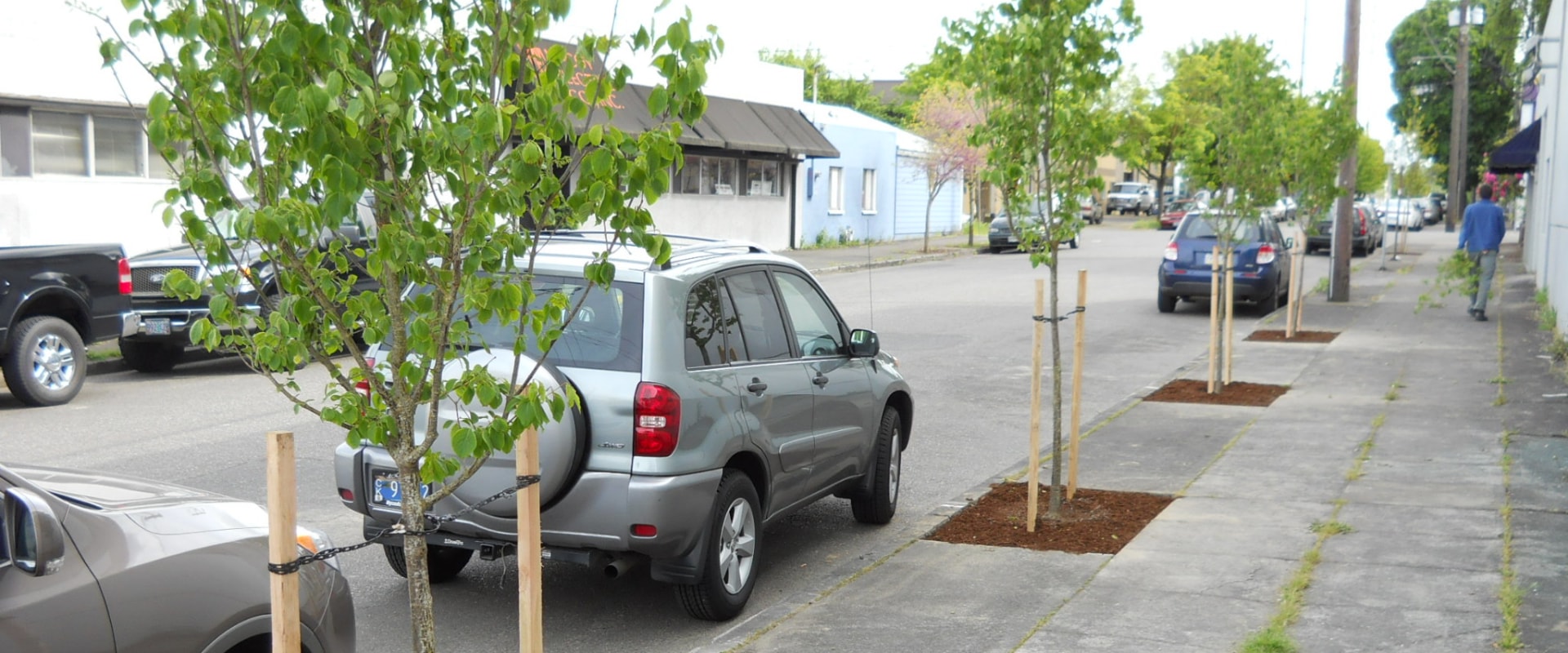
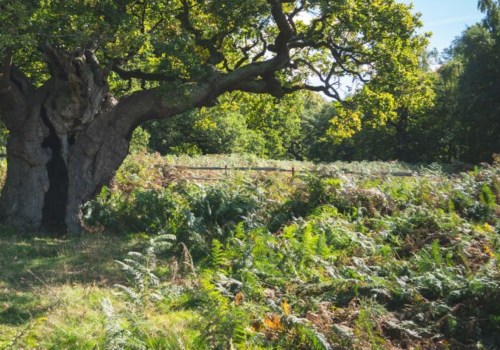
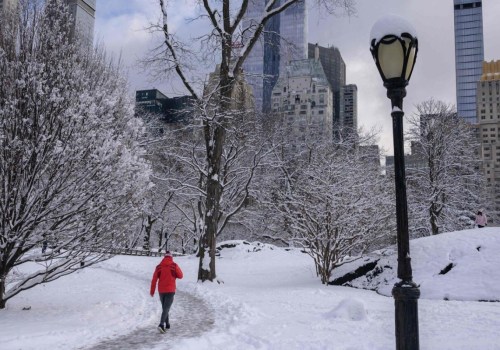
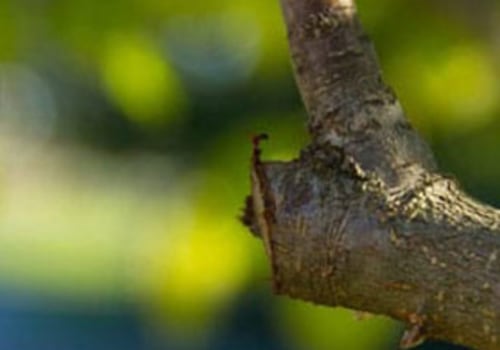
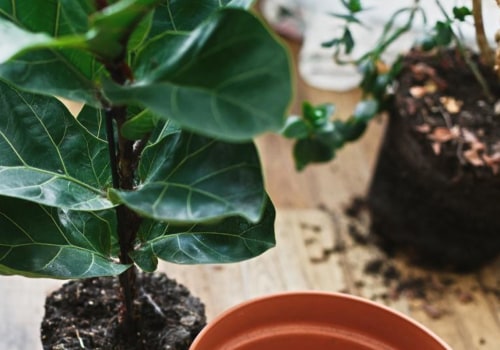
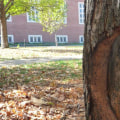
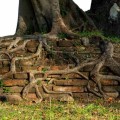
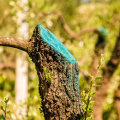
Leave Reply